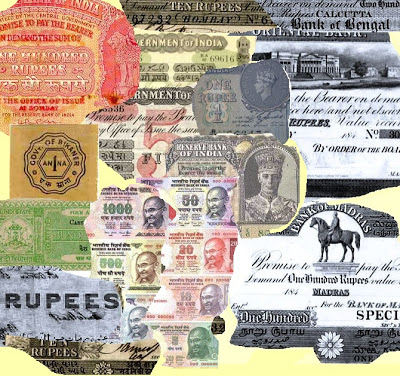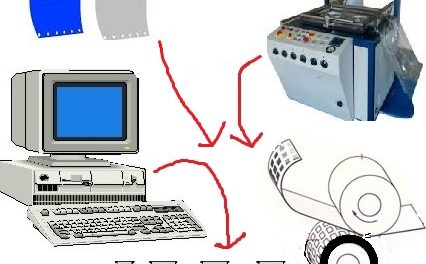Origin and growth of
Bank Notes and Currencies – 12
(Written by N.R. Jayaraman)
As I mentioned in earlier parts the three Banks -Bank of Bengal, Bank of Madras and Bank of Bombay – were amalgamated and Imperial Bank was founded in the year 1921. The subsequent development saw the establishment of Reserve Bank of India ( RBI ) which over Imperial Bank of India and in the year 1934 through an act the Government empowered RBI to regulate and issue of Currencies and Bank Notes. The Reserve Bank took over the function of the issue of the Currencies from the Office of the Controller of Currency. Currencies issued by the Reserve Bank were called Bank notes instead of Currencies as the Paper Money was issued by the Bank against Gold reserve held by them.
Similarly the transition of currency management from colonial to independent India was a reasonably smooth affair. After the Indian Republic was established on 26th January, 1950 the Reserve Bank continued to issue the Currencies. The then existing Currency Offices at Calcutta, Bombay, Madras, Rangoon, Karachi, Lahore etc became the branches of the Issue Department of the Bank. The Currency Act of 1861 stipulated that Rupees Ten would be the minimum denomination of notes that could be issued.
In the first instance when One rupee note was reintroduced as a war time measure in August, 1940, it was issued by Government of India giving it the status of a coin. Government of India continued to issue Rupee one notes till 1994.
The first set of British India notes are referred to as the ‘Victoria Portrait’ Series issued in denominations of Rs.10, 20, 50, 100 and 1000. After independence the One rupee Note was incorporated with the picture of Lion capital of Asoka. In 1953, Hindi language was prominently displayed on the note.
In the year 1946, two Ordinances were issued, demonetizing notes of the denominational value of Rs.500 and above. The first Ordinance, viz., the ‘Bank Notes (Declaration of Holdings) Ordinance, 1946’, required all banks and Government Treasuries in British India to furnish to the Reserve Bank of India by 3 p.m. on the same day of the Ordinance, a statement of their holdings of bank notes of Rs.100, Rs.500, Rs.1,000 and Rs.10,000 as at the close of business on the previous day. January 12, 1946 was declared a Bank holiday.
By the second Ordinance called ‘High Denomination Bank Notes (Demonetization) Ordinance, 1946’ demonetized bank notes of the denominations of Rs.500 and above with effect from the expiry of January 12, 1946. Though Ten thousand Rupees and One Thousand Rupees notes were first issued in the year 1938 with the signatures of J.B. Taylor even those notes were demonetized. In the same year i.e in 1938 Rs 5/-, Rs 10/- and Rs 100/- denomination Currencies, all of them with the signature of the then Governor C.D. Deshmukh were also issued. In the year 1943 Two rupees notes were issued.
After incorporating several not easily counterfeitable Security features , the “Mahatma Gandhi Series” was introduced in 1996. The designs of Government of India Notes were simple and forgery-prone. Prominent new Security features included a changes in the watermark, windowed security thread, latent image and intaglio features for the visually handicapped. Presently RBI issues Bank Notes in denominations Rs.5, Rs. 10, Rs. 20, Rs. 50, Rs. 100, Rs. 500 and Rs. 1000. However it appears that printing of Rs 5/- deno has also been stopped and instead Coins have been introduced.
The currency sign of Rupee Symbol was adopted by the Government of India in 2010 as a symbol for Indian Rupee on par with the European pattern where they have their own symbol for the Currencies. The rest is history.
CLICK THE ‘R B I’ ICON BELOW TO GO TO RESERVE BANK OF INDIA SITE TO READ MORE ON INDIAN CURRENCY AND MANAGEMENT



















Recent Comments